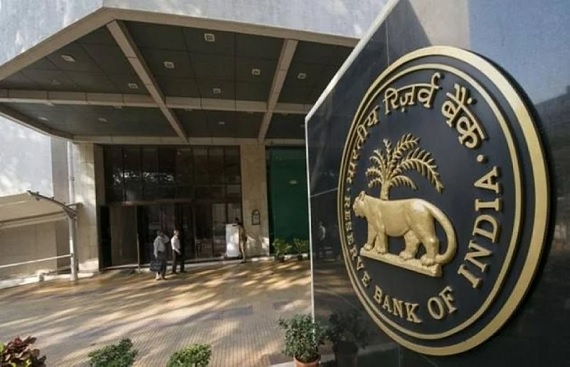RBI, NABARD Drive Financial Literacy and Microfinance Reform
By
siliconindia | Wednesday, August 6, 2025

- RBI and NABARD have set up 2,421 Financial Literacy Centres (CFLs) to enhance financial awareness in rural areas through community-led education and digital literacy programs.
- Microfinance norms have been eased, with simplified definitions, removal of loan usage restrictions, and capped repayment obligations to protect borrowers.
- Self-regulatory bodies like Sa-Dhan and MFIN are helping curb borrower over-indebtedness by limiting loan exposure and ensuring ethical lending practices.
The Reserve Bank of India (RBI) and the National Bank for Agriculture and Rural Development (NABARD) have undertaken several initiatives to promote financial literacy and inclusion among rural populations, especially microfinance borrowers, the Parliament was informed.
Minister of State for Finance Pankaj Chaudhary, in a written reply in the Rajya Sabha, said the RBI launched the Centre for Financial Literacy (CFL) project in 2017 to foster community-led and participatory financial education. As of March 31, 2025, a total of 2,421 CFLs have been set up across the country, with each centre covering an average of three blocks.
NABARD has also been supporting financial and digital literacy campaigns through rural bank branches and Financial Literacy Centres (FLCs) in areas with limited financial awareness. These initiatives aim to educate citizens about banking products, government social security schemes, digital banking, and cybersecurity.
Additionally, NABARD backs village-level programs in collaboration with banks and State Rural Livelihoods Missions to improve engagement between Self-Help Groups (SHGs) and banks, ensuring better credit linkage and loan repayment mechanisms.
To streamline microfinance access, the RBI has simplified the definition of microfinance loans and removed earlier restrictions. Currently, all collateral-free loans to households earning up to Rs 3 lakh annually are categorized as microfinance loans. The requirement mandating at least 50% of such loans for income generation has been removed to allow flexibility for needs like education and healthcare.
The RBI has also introduced borrower protection norms, including a cap of 50% on monthly loan repayment obligations relative to income and mandated fair recovery practices. Industry self-regulatory organizations Sa-Dhan and MFIN further ensure compliance, curbing over-indebtedness through borrower caps and lender limits.

